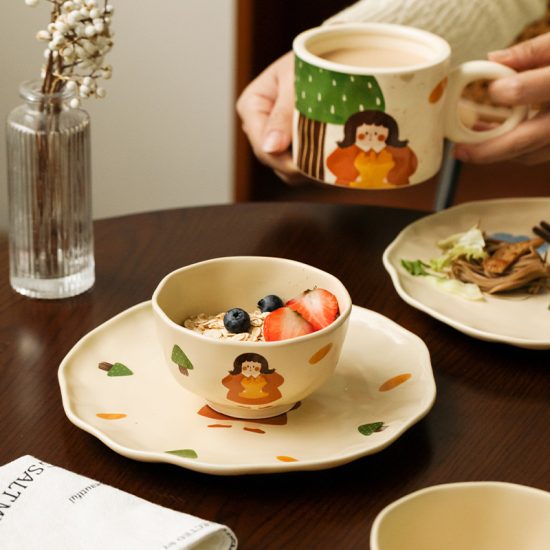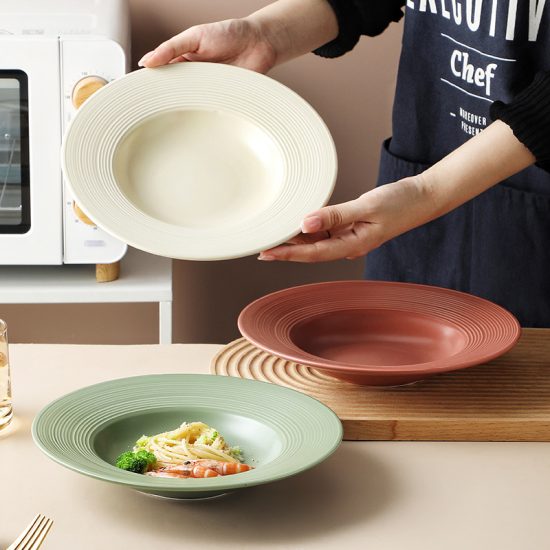The exact origins of the teapot are not well-documented, but it is believed to have emerged during the Tang Dynasty in China (618-907 CE). Initially, teapots were small, earthenware vessels used to steep tea leaves and pour the infused liquid. They were often unglazed and had a simple, practical design.
During the Song Dynasty (960-1279 CE), teapots started to evolve in terms of both design and materials. Porcelain teapots became popular, known for their delicate beauty and ability to retain heat. The Song Dynasty also saw the introduction of Yixing clay teapots, which were made from a specific type of clay found in the Yixing region of China. These teapots gained popularity for their porous nature, which allowed them to absorb and retain the flavors of tea, enhancing the taste over time.
With the growth of tea trade and the spread of tea culture, teapots began to be exported to other countries. During the 17th and 18th centuries, European countries, such as England, started producing their own teapots, often influenced by Chinese designs. Silver teapots, in particular, became fashionable and were crafted with intricate engravings and embellishments.
As the Industrial Revolution took hold in the 18th and 19th centuries, teapot production underwent significant changes. Technological advancements, such as the invention of casting machines, enabled the mass production of teapots, making them more affordable and accessible to a wider audience. Porcelain and ceramic teapots, which were easier to manufacture in large quantities, became popular choices.
Teapot designs continued to evolve in the 20th century, reflecting changing artistic movements and design aesthetics. From Art Nouveau to Art Deco and modernist influences, teapots embraced a range of styles, materials, and shapes, often incorporating innovative elements.
Today, teapots come in various designs and materials to suit different preferences and brewing styles. Traditional designs, such as Yixing clay teapots, continue to be revered by tea enthusiasts, while contemporary designs explore new materials, shapes, and functionalities.
The introduction and evolution of the teapot have played a significant role in enhancing the tea-drinking experience, allowing for more precise brewing, pouring convenience, and aesthetic enjoyment. Teapots have become cherished objects, representing cultural traditions, artistic expression, and the ritual of tea itself.


